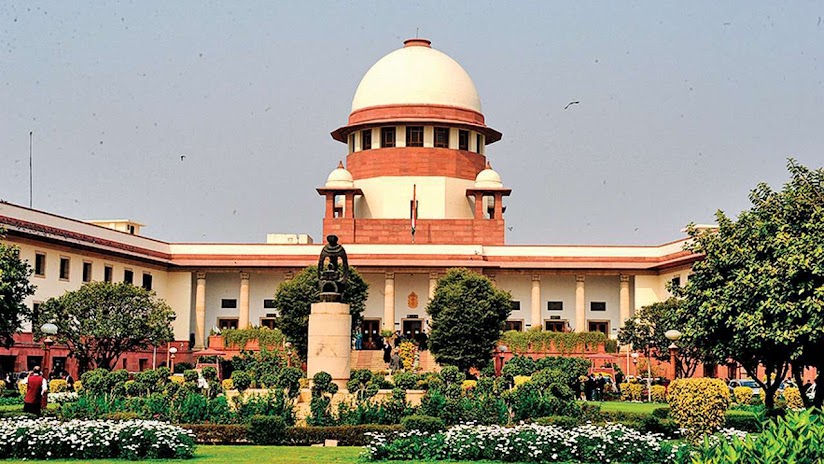Ever since the Indian and Chinese troops clashed in the Galwan Valley, last year, both the Asian giants have been at their attacking best. The two sides have deployed lakhs of soldiers along with heavy artillery guns and tanks. The clash that took place on 15th June 2020, was fatal for both countries. From India, 20 soldiers attained Veergati. The Chinese side didn’t release their casualty figures so as to cover up their embarrassment. The tensions between India and China weren’t this high since the 1967 Nathu La & Cho La clash. Also Read & Watch: Why Is India Far Behind In The Arena Of Modern Inventions?
What is more active in the current skirmish along the Line of Actual Control (LAC) is that both the countries have ramped up their construction of border infrastructure which helps the armed forces of a nation to quickly mobilise & deploy the military equipment along the enemy lines. In this regard, China is at an advantage as they have always taken border infrastructure very seriously. They are smoothly developing rail lines, road connectivity and multi-purpose villages without any interruption or delay.
Unfortunately, the same is not the case with India. Make no mistake but the Border Road Organisation (BRO) has been very effective with meeting the deadlines of border road projects and delivering quality infrastructure for the movement of Indian troops.
However, it wasn’t always this efficient, especially under the Manmohan Singh-led UPA Government (2004-14). In fact, in 2013, the 23rd Defence Minister A.K. Anthony argued that India doesn’t need to develop a strong border infrastructure on its side since the Chinese will be able to use it to enter into India after defeating the Indian soldiers along the front lines. Such a submissive attitude from the past governments was one of the earliest reasons why India has a weak border infrastructure compared to China.
It is the proactive leadership of Prime Minister Narendra Modi who inherited an underdeveloped border infrastructure and took this matter seriously. Under his tenure, the border road projects along the Himalayas were ramped up and the salaries of the road workers were also hiked by 170%. In March last year, the BRO noted that 75% of its total projects were completed among the 71 strategically identified areas where strong infrastructure can result in the quick mobilisation of military troops & equipment along the forward areas.
One such project is the Char Dham Project in Uttarakhand. It was a flagship initiative of the Centre, the ₹12,000-crore highway expansion project was tossed in 2016 to widen 889 km of hill roads to provide all-weather connectivity in the Char Dham circuit, covering Uttarakhand’s four major shrines — Badrinath, Kedarnath, Gangotri and Yamunotri — in the upper Himalayas. It is a strategically crucial project which will also be used by the army for troop mobilisation.
However, a Non-Governmental Organisation (NGO) named Citizens for Green Doon has filed a petition against the Char Dham Project, citing environmental/ecological concerns. Surprisingly, a bench headed by Justice DY Chandrachud and BV Nagarathna of the Supreme Court accepted the petition and summoned the Centre to seek an explanation from them. The Attorney General V.K. Venugopal, representing the Centre, had to explain to the bench why this project is an absolute necessity for the army.
The Centre and the NGO are producing conflicting documents in the Court proceedings; the apex court is also writing to the National Green Tribunal (NGT) to enter the case while the NGO is bringing bogus legal issues regarding paperwork for the project. As per the NGO, the armed forces do not need border road infrastructure and can fly through the air in case of a war. They are further arguing that the Himalayan mountains will always protect India from Chinese incursions. Were the mountains not there in 1962?.The Centre is forced to counter by having to reveal some of the details of the military equipment like the Brahmos missiles that have to be transported, which is very unfortunate. Meanwhile, the Char Dham project is at a halt whereas China continues to strengthen its border mobilisation capabilities.
The Court observed, “There is no such defence versus environment argument at all. You have to balance both concerns.”
As I see it, there is no way of knowing how the relationship between the two countries would pan out in the near future. This game-changing project was launched in 2016 and this case against the tree felling in the Himalayas has been on since August 2018.
So, in my opinion, it would have been better had the court ordered a balanced compensatory judgement in which the Centre is allowed to compensate for the felling of trees with mandatory afforestation and construct the Char Dham project.
How can we compete with China on border preparedness if we are required to go through years of court proceedings in order to approve one crucial infrastructure project? The environment is also no doubt crucial but how is it more crucial than infrastructure in the border areas which is meant for national security? In such a scenario, I feel the intervention is very unfortunate for the future readiness of India to tackle an aggressive & expansionist China. Also Read: ‘All Political Discourse Today In France Sounds Like Debate About India’
(Sonu Nigam is a Lawyer, media consultant, blogger and works closely with government agencies.)
[Disclaimer: The opinions, beliefs, and views expressed by various authors and forum participants on this website are personal.]









